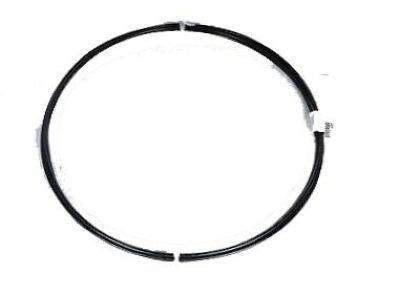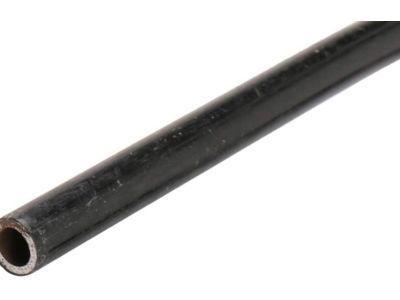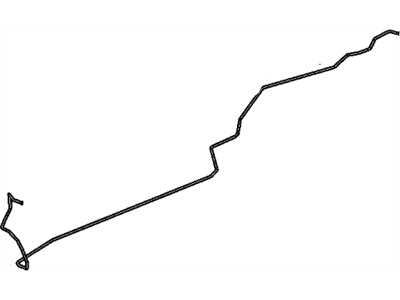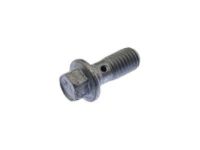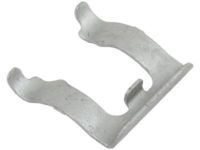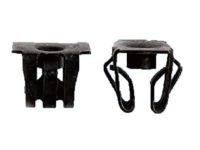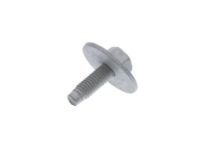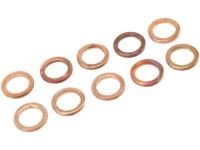| 2013-2019 Cadillac ATS | 4 Cyl 2.0L, 4 Cyl 2.5L, 6 Cyl 3.6L | 2 DOOR COUPE, 2 DOOR LUXURY COUPE, 2 DOOR PERFORMANCE COUPE, 3 DOOR PREMIUM COUPE, 4 DOOR LUXURY SEDAN, 4 DOOR PERFORMANCE SEDAN, 4 DOOR PREMIUM SEDAN, 4 DOOR SEDAN, V-SERIES 2 DOOR COUPE, V-SERIES 4 DOOR SEDAN |
| 2020-2023 Cadillac CT5 | 4 Cyl 2.0L | LUXURY SEDAN EXT, LUXURY SEDAN EXTENDED, SEDAN EXT, SEDAN EXTENDED, SPORT SEDAN EXT, SPORT SEDAN EXTENDED |
| 2016-2020 Cadillac CT6 | 4 Cyl 2.0L, 6 Cyl 3.0L, 6 Cyl 3.6L, 8 Cyl 4.2L | 4 DOOR SEDAN, BASE 4 DOOR SEDAN, PLATINUM 4 DOOR SEDAN, PREMIUM 4 DOOR SEDAN, V-SPORT 4 DOOR SEDAN |
| 2008-2019 Cadillac CTS | 4 Cyl 2.0L, 6 Cyl 3.0L, 6 Cyl 3.6L, 8 Cyl 6.2L | 2 DOOR COUPE, 4 DOOR, 4 DOOR (RHD), 4 DOOR PERFORMANCE SEDAN, 4 DOOR PLUS SEDAN, 4 DOOR PREMIUM SEDAN, 4 DOOR RHD, 4 DOOR SEDAN, 4 DOOR SEDAN(RHD), 4 DOOR STATION WAGON, 4 DOOR STATION WAGON(RHD), 4 DOOR V-SERIES SEDAN, 4 DOOR WAGON, 4 DOOR WAGON(RHD), V 2 DOOR COUPE, V 4 DOOR, V 4 DOOR SEDAN, V 4 DOOR WAGON |
| 2006-2011 Cadillac DTS | 8 Cyl 4.6L | 4 DOOR, FUNERAL COACH, LIMOUSINE |
| 2014-2016 Cadillac ELR | 4 Cyl 1.4L Flex | 2 DOOR COUPE |
| 2007-2015 Cadillac Escalade | 8 Cyl 6.0L, 8 Cyl 6.0L Flex, 8 Cyl 6.2L, 8 Cyl 6.2L Flex | 1/2 TON, 1500 CREW CAB, 1500 CREW CAB STANDARD BOX, 3500 CREW CAB ONLY, 3500 CREW CAB STANDARD BOX, 3500 REGULAR CAB, CLASSIC 1500 CREW CAB LONG BOX, CLASSIC 1500 EXTENDED CAB STANDARD BOX, CLASSIC 1500 REGULAR CAB LONG BOX, CLASSIC 1500 REGULAR CAB STANDARD BOX, CLASSIC 2500 CREW CAB LONG BOX, CLASSIC 2500 CREW CAB STANDARD BOX, CLASSIC 2500 EXTENDED CAB LONG BOX, CLASSIC 2500 EXTENDED CAB STANDARD BOX, CLASSIC 2500 REGULAR CAB, CLASSIC 3500 CREW CAB, CLASSIC 3500 EXTENDED CAB, CLASSIC 3500 REGULAR CAB, EXT 1/2 TON, YUKON XL/DENALI XL/ESCALADE ESV, YUKON/DENALI/ESCALADE |
| 2010-2016 Cadillac SRX | 6 Cyl 2.8L, 6 Cyl 3.0L, 6 Cyl 3.6L | CROSSOVER 4 DOOR |
| 2008-2011 Cadillac STS | 6 Cyl 3.6L, 8 Cyl 4.4L, 8 Cyl 4.6L | 4 DOOR, 4 DOOR(RHD), V 4 DOOR |
| 2009 Cadillac XLR | 8 Cyl 4.4L, 8 Cyl 4.6L | CONVERTIBLE, V CONVERTIBLE |

